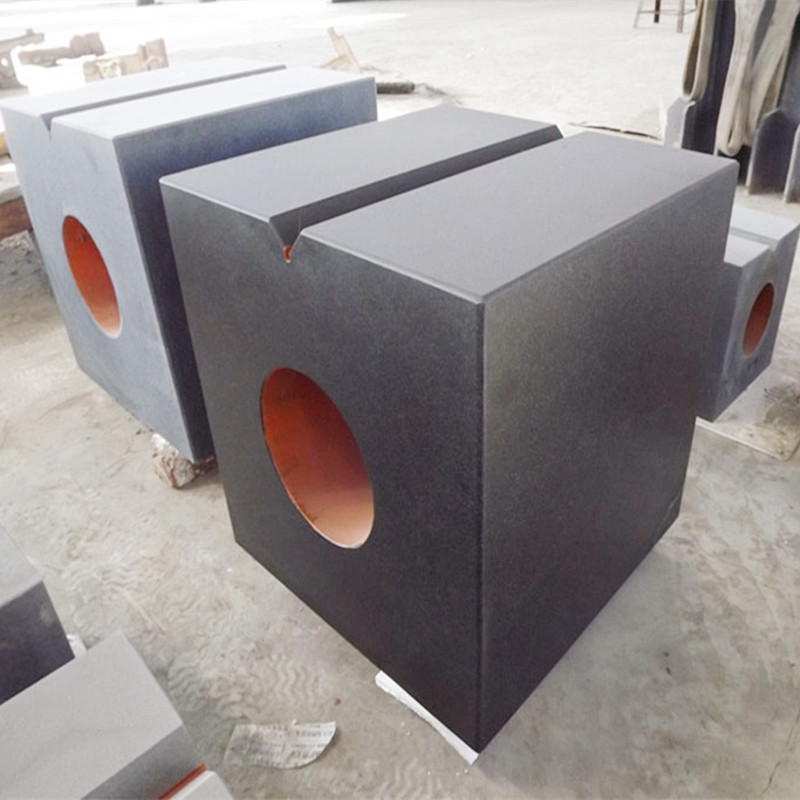nov . 09, 2024 04:06 Back to list
Understanding the Functionality of Tilting Disc Check Valves in Fluid Systems
Understanding Tilting Disc Check Valves A Comprehensive Overview
Check valves play a crucial role in fluid systems, allowing fluid to flow in one direction while preventing backflow. Among various designs, the tilting disc check valve has emerged as a preferred choice in many industrial applications due to its unique operational characteristics and advantages.
Design and Functionality
The tilting disc check valve features a disc that pivots on a hinge or a pin, allowing it to tilt or rotate based on the flow of the fluid. This mechanism is distinct from other check valve types, such as swing or lift check valves, which utilize different forms of closure. When fluid flows in the intended direction, the disc tilts open, allowing for smooth passage. Conversely, if the fluid flow reverses, the disc tilts back against the seat, effectively preventing backflow. This design ensures a quick response to changes in flow direction, enhancing reliability in fluid systems.
Advantages of Tilting Disc Check Valves
1. Low Pressure Drop One of the key benefits of tilting disc check valves is their ability to maintain a lower pressure drop than traditional check valves. This is due to the streamlined design that allows fluid to flow more freely, enhancing system efficiency.
2. Lightweight and Compact The construction of tilting disc check valves is generally compact and lightweight. This characteristic makes them easier to install and maintain, particularly in confined spaces where traditional valves may be cumbersome.
3. Versatility Tilting disc check valves are suitable for a wide range of applications, including water treatment plants, chemical processing facilities, and power generation systems. Their ability to handle various media, including liquids and gases, makes them a versatile choice in different industries.
tilting disc check valve

4. Durability and Longevity Constructed from robust materials such as stainless steel, cast iron, or composite materials, tilting disc check valves are designed to withstand harsh environments and mechanical stress. Their durability contributes to a longer lifespan, ultimately reducing maintenance costs and downtime.
Installation and Maintenance
Proper installation is crucial for the optimal functioning of tilting disc check valves. They should be installed in a vertical or horizontal orientation, depending on the specific design and application guidelines. Maintenance requirements are relatively minimal; however, regular checks for signs of wear, corrosion, or detachment are advisable to ensure continuous performance.
Applications
Tilting disc check valves find their applications across multiple sectors. In the water industry, they are instrumental in preventing backflow in municipal water lines and sewage systems. In the oil and gas sector, these valves help maintain the integrity of pipelines and storage systems. Furthermore, in HVAC systems, they are used to ensure proper airflow and prevent undesirable backflow that can disrupt temperature regulation.
Conclusion
Tilting disc check valves represent a reliable and efficient solution for controlling fluid flow in various applications. Their unique design features, coupled with the advantages of low pressure drop, lightweight construction, and versatility, make them a favorable choice in many industries. Understanding how these valves operate and their practical benefits can help engineers and operators make informed decisions about fluid management systems. As industries continue to evolve and demand more efficient solutions, the relevance of tilting disc check valves is likely to grow, reaffirming their position in modern engineering practices.
-
Precision Manufacturing with Advanced Spline Gauge DesignNewsJul.31,2025
-
Industrial-Grade Calibrated Pin Gauges for Exact MeasurementsNewsJul.31,2025
-
Industrial Filtration Systems Depend on Quality Filter DN50 SolutionsNewsJul.31,2025
-
High-Performance Gate Valve WholesaleNewsJul.31,2025
-
Granite Surface Plate The Ultimate Solution for Precision MeasurementNewsJul.31,2025
-
Granite Industrial Tools The Ultimate Guide for Bulk BuyersNewsJul.31,2025
Related PRODUCTS









